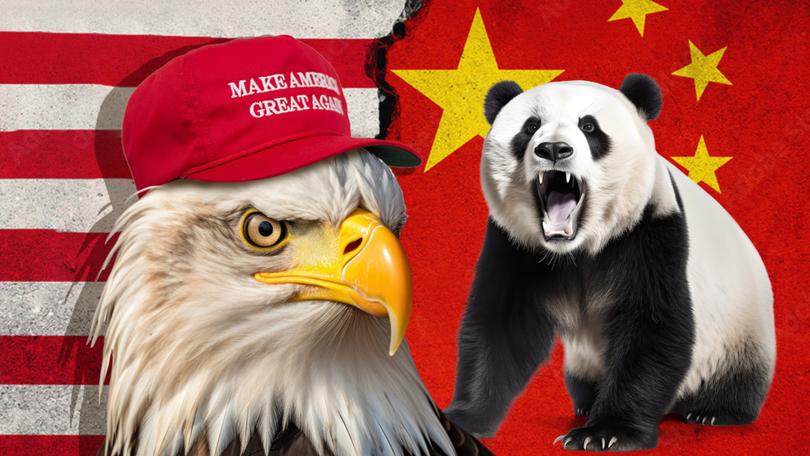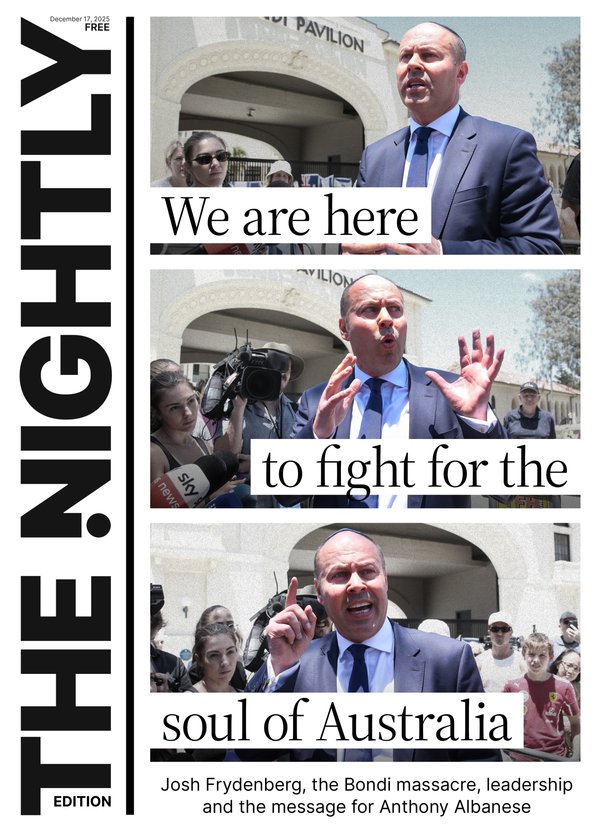THE ECONOMIST: The return of Trumponomics excites markets and frightens world

The Trump Trade is already in full swing. As it became clear that Donald Trump would win the presidential election, American stock futures soared, the dollar strengthened and Treasury yields jumped higher. The price movements contain two messages about the direction and impact of Mr Trump’s economic policies. The near certainty of big tax cuts, combined with his zeal for deregulation, will boost growth, especially in the short term. But the spectre of tariffs and a crackdown on immigration may drive up inflation and, eventually, undercut America’s economic strengths.
Start with the biggest source of immediate excitement for investors and corporate executives: the sugar rush of tax cuts. Republicans are on track for a trifecta, as Mr Trump’s resounding victory is likely to come alongside a solid majority for the party in the Senate and a narrower one in the House of Representatives.
That would open up a path for Mr Trump to slash taxes. His priority will be to extend the cuts in personal income tax he made in 2017, which are due to expire at the end of next year. And he has vowed to reduce the tax rate on companies, perhaps to 15 per cent from 21 per cent. On the campaign trail he also trotted out a dizzying array of other possible cuts, including ending taxes on tips.
Sign up to The Nightly's newsletters.
Get the first look at the digital newspaper, curated daily stories and breaking headlines delivered to your inbox.
By continuing you agree to our Terms and Privacy Policy.The prospect of higher after-tax earnings for companies helps explain why stocks climbed when Mr Trump sealed his victory. The worry, though, is that lower taxes will strain America’s finances. As it stands, the Congressional Budget Office, an independent scorekeeper, estimates that America will run a budget deficit of about 6 per cent of GDP over the next decade — exceptionally high for a normal peacetime economy. Mr Trump’s various tax cuts could swell the deficit to as much as 12 per cent of GDP by 2035, according to the Committee for a Responsible Federal Budget, a non-partisan group.
The danger of an exploding deficit may end up limiting how far Republicans in Congress are willing to go on tax cuts as negotiations get under way early next year. Much will also depend on how markets react: a rise in Treasury yields in response to Mr Trump’s triumph is already a warning about America’s fiscal frailty.
Next in focus for Mr Trump will be tariffs. Central to his program for nearly a decade has been a belief that protectionism is essential to American prosperity. His first term in the White House, which featured tariffs on steel from around the world and on a range of Chinese products, is probably just a prelude to what he will attempt now. He has talked about slapping levies of 10-20 per cent on everything that America imports, and of 60 per cent on all goods from China and even higher imposts — perhaps 500 per cent — on cars from Mexico.
Almost universally, economists say these tariffs will lead to higher consumer prices and act as drags on investment and growth. That is a potentially cruel irony for American voters given that anger about inflation under Joe Biden helped fuel support for Mr Trump’s re-election. Republicans in Congress are also, generally speaking, less keen on tariffs; a traditional free-trade strain is still alive, if hardly thriving, in the party.
But any opposition from them may be immaterial. Mr Trump’s advisers, notably Robert Lighthizer, America’s trade representative in his first term, have been drawing up plans to use executive orders and hitherto untested emergency powers to impose across-the-board tariffs. And they may have an even easier time slapping punitive tariffs on China as byproducts of their previous investigations into its trade practices — hence the sell-off in Chinese stocks in the wake of Mr Trump’s victory.
Tariffs are sure to invite retaliation. In Europe officials have already drawn up lists of levies that they may impose on American goods. China will probably go after farm products, from soyabeans to corn. Other countries will be tempted to follow suit but will also try to carve out exemptions from Mr Trump’s tariffs.
That will be especially true for Canada and Mexico, whose fortunes are so closely yoked to trade with America; the peso fell to a two-year low the day after the election amid fears that Mr Trump’s tariffs could spell trouble for the Mexican economy. Given the size and diversity of its economy, America may be better insulated than most from a global trade war — that, along with the higher Treasury yields, helps to account for the dollar’s rise after Mr Trump’s victory. The very real danger for the world is weaker growth, higher prices and more brittle supply chains.
Mr Trump’s plan to “fix” America’s borders — a constant theme of his campaign — is another source of uncertainty. If he keeps his promises of mass deportations, these would take a huge toll on the economy by shrinking the labour force. Booting out 8 million migrants would reduce America’s GDP by about 7 per cent versus baseline expectations by 2028, according to estimates by the Peterson Institute for International Economics, a think-tank.
But the actual number is unlikely to come close to that. Any attempt at mass deportations will run into stiff resistance, with local officials in some of America’s biggest states, from California to New York, refusing to co-operate. A more realistic outcome may thus be much stricter enforcement of border controls, which would stem the inflows of migrants seen under Mr Biden. That in itself may translate into labour shortages for restaurants, construction companies and more, imparting yet another inflationary force.
There are other threats, too. Mr Trump’s pledge to make America “the crypto capital of the planet” may make his victory a boon for cryptocurrencies. The price of bitcoin soared to a new record as the election results came in. But lighter regulation for an industry already rife with money-laundering and other criminal activity is hardly a welcome development.
Meanwhile, worries about inflation are likely to weigh heavily in the Federal Reserve’s calculations. The rise in Treasury yields shows that many investors believe the central bank will end up leaving interest rates higher next year than previously assumed — though they still expect a quarter-point cut at its meeting on November 7.
A more hawkish Fed may, in turn, invite the wrath of Mr Trump, who has said that, as president, he should have a say over interest rates. He will surely want to see steeper rate cuts now that he is in charge. Legally, he can do little to control the Fed, but his advisers have talked of creating a “shadow Fed” to try to steer its decisions. The spectacle of the president attacking the central bank may spook markets but the Fed’s statutory independence should keep it well protected.
That Mr Trump may not be able to see through his most extreme ambitions should offer some solace to an anxious world. But he will probably be able to push further in his second term than he did in his first. He is better prepared for governing this time, with a larger team of loyalists and a more detailed plan of action. It is going to be a turbulent economic ride, for America and the world. Buckle up.
